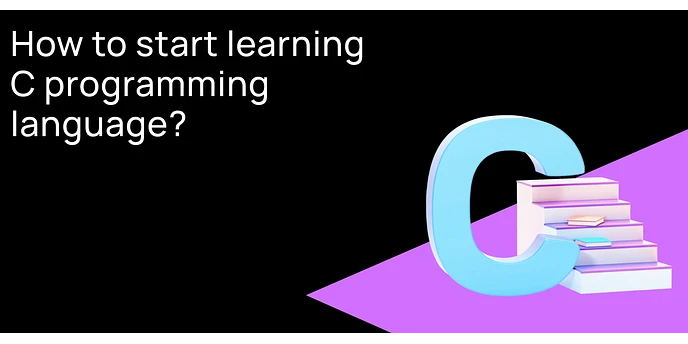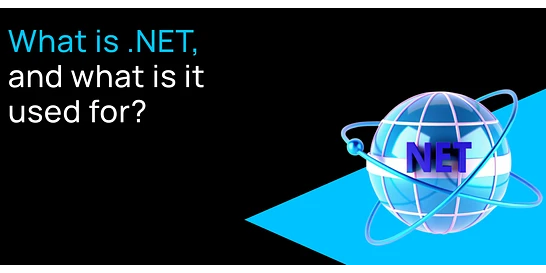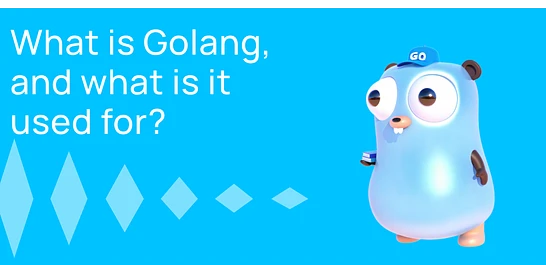How to Start Learning C Programming

Introduction
C is one of the oldest and most influential programming languages, playing a crucial role in the evolution of modern software development. Created in 1972 by Dennis Ritchie at Bell Labs, it laid the foundation for many programming paradigms and influenced languages like C++, C#, Java, and Python.
Why Learn C?
Despite being over 50 years old, C remains widely used, particularly in system programming, operating system development (such as Unix and Linux), embedded systems, and high-performance applications. It is also a fundamental language for programming hardware.
In the 2024 TIOBE programming language ranking, C secured the fourth position, surpassing JavaScript. This ranking considers multiple factors, including industry demand, salary potential, and community discussions.
Key Features of C
C continues to be a popular programming language due to several important characteristics:
- Foundational Language – Learning C provides a deeper understanding of how computers and programming languages work.
- High Demand – Many critical applications, including operating systems, databases, and graphics engines, are written in C.
- High Performance – C is well-suited for resource-intensive applications that require maximum efficiency.
What Is Built with C?
C is used in a wide range of applications, including:
- Operating Systems – Linux, Windows, macOS.
- Game Engines – Unreal Engine.
- Databases – MySQL.
- Low-Level Programming – Microcontrollers, smart devices, and processor programming.
How to Start Learning C?
C is not the easiest language to learn, especially for beginners. However, mastering C simplifies the process of learning other programming languages. Here’s how to get started:
1. Define Your Learning Goal
Clarify why you want to learn C. Your goal will shape your learning path. Common reasons include:
- Developing embedded systems or microcontrollers.
- Creating high-performance applications.
- Building a solid foundation in programming fundamentals.
2. Set Up Your Development Environment
To start coding in C, you’ll need a text editor, a compiler, and debugging tools:
- Compilers: GCC (GNU Compiler Collection) is widely used and reliable.
- IDEs:
- Visual Studio Code – Feature-rich and easy to set up.
- Code::Blocks – Beginner-friendly.
- Programiz C Compiler – An online tool for quick experimentation.
- Text Editors: Notepad++.
With constant advancements in tools, you may also explore modern solutions, including AI-powered development environments.
3. Learn the Basics of C Syntax
Syntax in C consists of structured rules for writing clear and efficient code. Key elements include:
- Main function – Every C program starts with main().
- Brackets – () for function calls, {} for defining code blocks.
- Semicolons – Used to terminate statements.
- Comments – // for single-line comments, /* */ for multi-line comments.
4. Write Your First Program
Once familiar with the basics, practice by writing a simple program. A classic first step is printing “Hello, World!”
Understanding the Code:
main()– The program’s entry point.{}– Defines the function’s code block.printf()– Outputs text to the console.return 0;– Indicates successful execution.
Core Concepts Every C Programmer Should Know
Once you grasp the basics, dive into key programming concepts:
1. Variables and Data Types
Variables store data, and C offers several fundamental data types:
int– Whole numbers.float– Decimal numbers.char– Single characters.double– Higher precision decimal numbers.
2. Operators
C provides a variety of operators, including:
- Arithmetic –
+, -, *, / - ** Logical –**
&&, ||, ! - Comparison –
==, !=, >, <
3. Control Structures (Loops and Conditionals)
Control structures dictate program flow:
- Conditional Statements: if-else for decision-making.
- Loops:
for– Repeats a specific number of times.while– Runs as long as a condition is true.do-while– Ensures execution at least once before checking the condition.
4. Using Libraries
C has an extensive standard library that simplifies coding. To include a library, use:
Common libraries include:
<stdio.h>– Input/output functions.<stdlib.h>– Memory management.<string.h>– String manipulation.<math.h>– Mathematical functions.<time.h>– Time-related functions.
Advanced Topics: Pointers, Arrays, and Functions
Once comfortable with the basics, move on to more advanced topics:
1. Pointers
Pointers store memory addresses, enabling dynamic memory management and efficient data handling:
2. Arrays
Arrays store multiple values of the same type:
3. Functions
A function in C has the following structure:
Let’s break down the components of a function:
- return_type: The type of data the function returns (e.g., int, float, void).
- function_name: The name of the function.
- parameters: The arguments passed into the function.
- return value: The value returned by the function (if the return type isn’t void).
Functions structure programs into reusable blocks of code:
Tips for Learning C Efficiently
To accelerate your learning, consider these tips:
- Master the basics – Focus on variables, conditionals, and loops.
- Practice daily – Write programs like:
- A calculator.
- Finding the largest element in an array.
- Reading/writing files.
- Review others' code – Explore open-source projects on GitHub.
- Use online resources – Platforms like Programiz.com offer great tutorials.
- Solve coding challenges – Try LeetCode, Codewars, or HackerRank.
Conclusion
While learning C can be challenging, its fundamentals provide a strong foundation for programming. Mastering C improves problem-solving skills and opens doors to more advanced technologies. To accelerate your learning and gain hands-on experience, consider structured courses from Hexlet experts, which provide a solid path from beginner to real-world programming proficiency.
Валерия Белякова
10 months ago

What is .NET, and What is It Used For?
Discover Microsoft’s .NET platform for building web applications, games, cloud solutions, and IoT projects. Learn about its key benefits, supported programming languages, and real-world applications.
10 months ago
0
~time.minutes

What is Golang, and What is It Used For?
Discover what Golang is, how it was created, its key applications, advantages, and code examples, as well as its relationship to the C programming language. A beginner-friendly overview.
10 months ago
1
~time.minutes